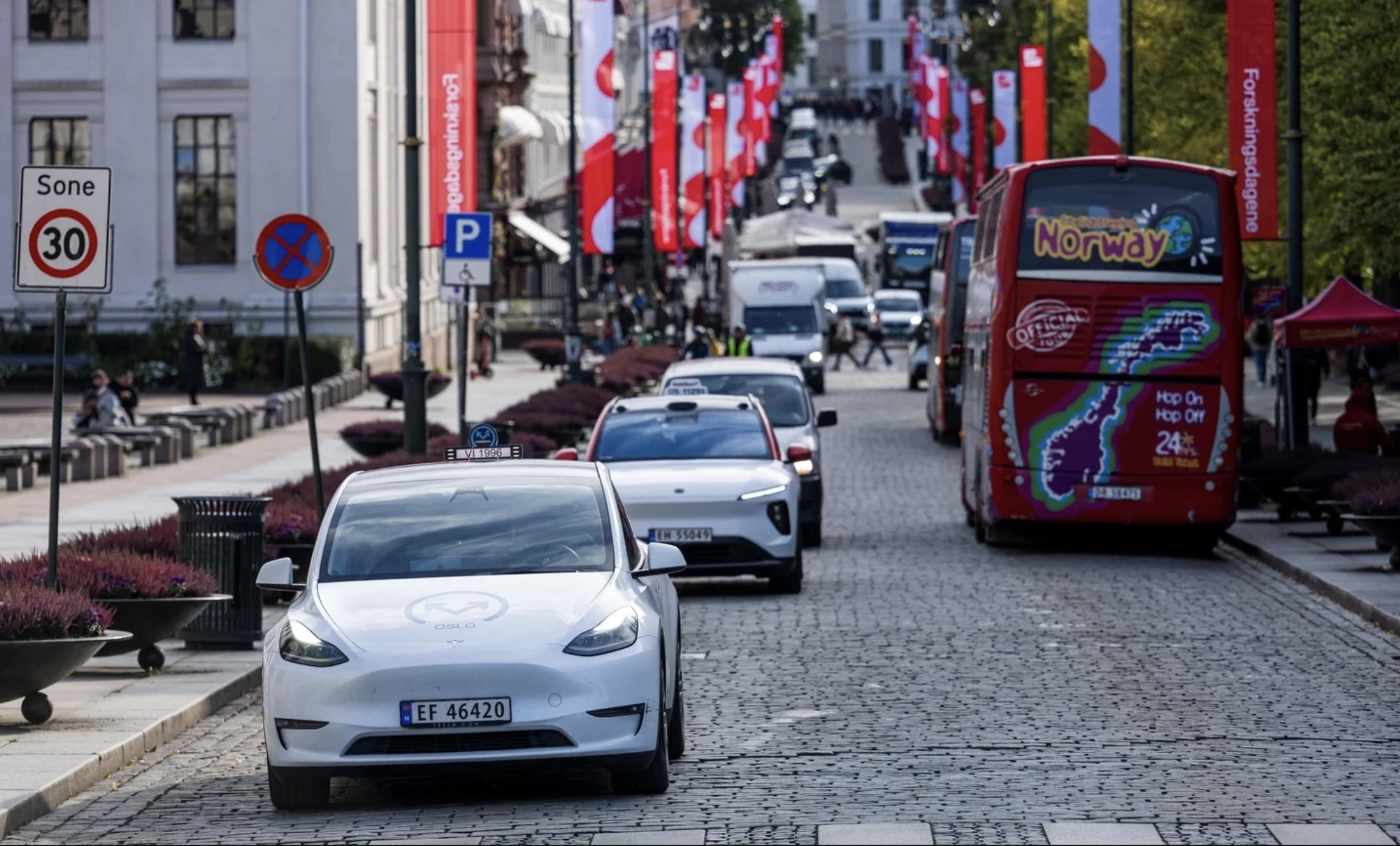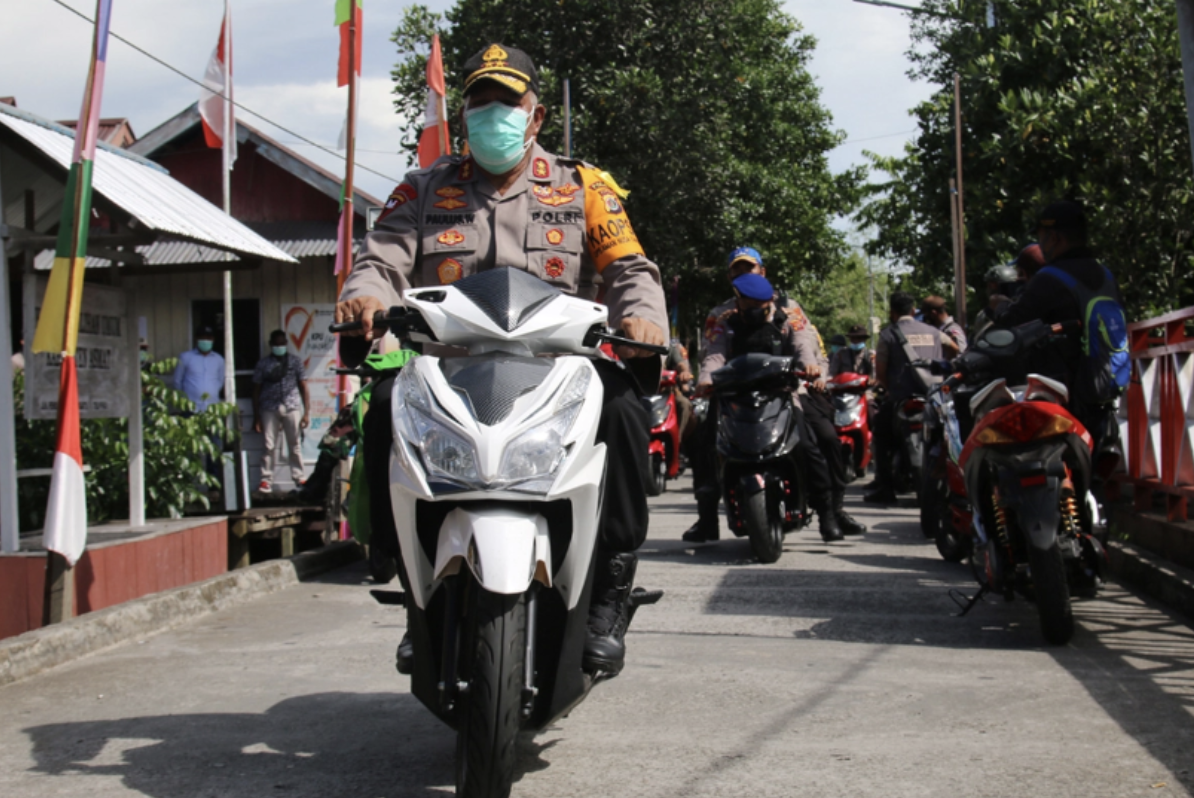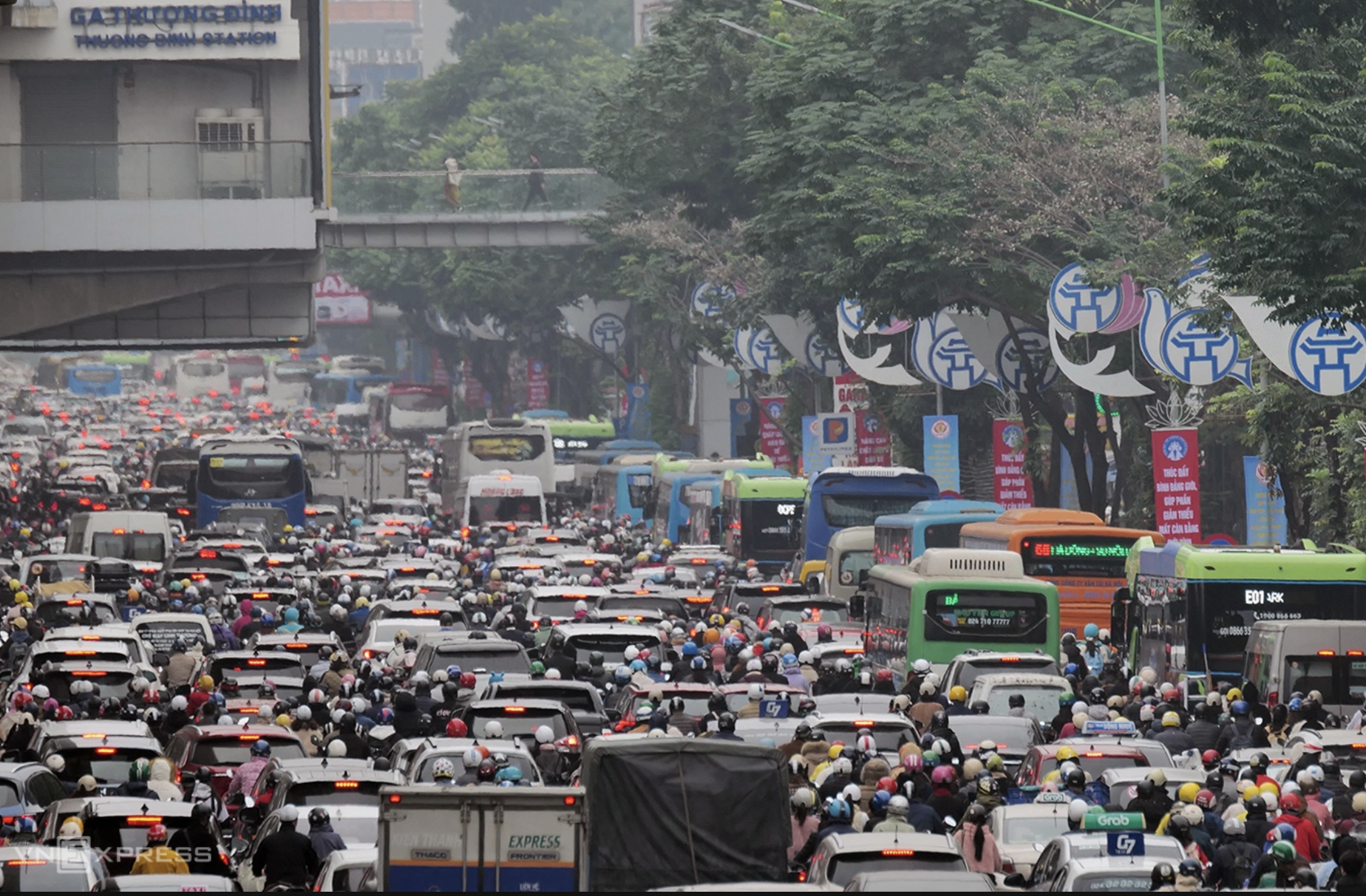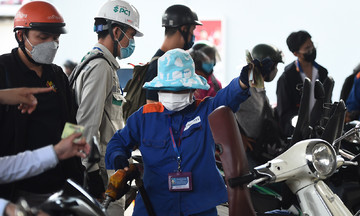These cities have implemented bans or restrictions on gasoline and diesel vehicles, initially reducing fine dust levels significantly.
Oslo, Norway
From 2017 to 2019, Oslo began phasing out gasoline and diesel-powered personal vehicles from its city center. Simultaneously, the city heavily invested in public transport, electric buses, and bike lanes. A study published at the International Conference on Sustainable Development and Planning (WIT Press, 2017) indicated that by 2020, the city had reduced CO2 emissions from transport activities by about 600,000 tons, equivalent to a 50% reduction. The number of personal vehicles entering the city center decreased by 20% in 2020, and the government expects to achieve a 30% reduction by 2030 compared to 2015 levels.
 |
Electric vehicles on the streets of Norway. Photo: Teknisk Ukeblad |
Electric vehicles on the streets of Norway. Photo: Teknisk Ukeblad
London, England
In 2019, London implemented the Ultra Low Emission Zone (ULEZ) and significantly expanded it in subsequent years. According to a report by Transport for London and data analysis published in The Times in 3/2024, one year after the ULEZ expansion, the average NO2 concentration in the city decreased by 27%, with a reduction of up to 54% in the central zone compared to a scenario without implementation. PM2.5 also decreased by 31% due to the reduction in non-compliant vehicles. Another study conducted by the University of Bath in 2023 showed that this policy also helped reduce sick days by 18.5% and respiratory illnesses by 10.2%, saving the healthcare system and businesses over £37 million annually.
Nanjing, China
In 2020, Nanjing issued "Regulations on the Management of Electric Two-Wheeled Vehicles," detailing all stages from production, sale, registration, to movement, parking, and charging stations to standardize vehicle management. A study assessing the impact of the lockdown period showed that PM2.5 and PM10 levels from traffic decreased by about 18-24%, with significant improvements in the Jiangning district (a district of Nanjing), home to major traffic routes and the airport. NO2 concentrations fell from about 18-30 µg/m³ to 15-22 µg/m³, equivalent to a 20-40% reduction.
According to the Institute for Transportation and Development Policy (ITDP), Nanjing's success in managing electric two-wheeled vehicles is a highly valuable reference model for many other cities. The city prioritized governance and placed the right of way for electric two-wheeled vehicle riders above other vehicles in its policy design.
Jakarta, Indonesia
Indonesia also aims to transition to electric vehicles. Energy Minister Arifin Tasrif stated that the country will only allow the sale of electric motorcycles from 2040 and electric cars from 2050. The government expects this transition to cut around 2.7 million tons of CO2 from cars and 1.1 million tons from motorcycles, coupled with financial support packages and incentives for purchasing green vehicles. In parallel, Indonesia has also committed to closing all coal-fired power plants by 2056 to achieve carbon neutrality.
 |
Police and military personnel in Agats town use electric motorcycles. Photo: Infopublik |
Police and military personnel in Agats town use electric motorcycles. Photo: Infopublik
On 12/7, the Prime Minister issued Directive 20 outlining urgent tasks to prevent and address environmental pollution. Hanoi is required to implement a roadmap to ban fossil fuel-powered motorcycles within Ring Road 1 from 1/7/2026. This policy is expected to improve air quality in the capital, which currently has over 9.2 million vehicles, including about 6.9 million motorcycles. By 2028, gasoline and diesel-powered personal cars in Hanoi will also be restricted within Ring Road 2, and by 2030, this will apply to all fossil fuel-powered personal vehicles within Ring Road 3.
Many experts suggest that the models of cities like Oslo, London, Nanjing, and Jakarta can serve as examples for Hanoi to consider when developing its motorcycle ban plan.
Associate Professor Dr. Nguyen Dinh Tho, Director of the Institute of Strategy and Policy on Natural Resources and Environment, believes that issuing regulations on vehicle emissions demonstrates a clear commitment to controlling air pollution. He also proposes that Vietnam research and apply an emissions trading scheme, allowing businesses and individuals to trade credits based on the energy efficiency and emission levels of each vehicle type. This aims to create market incentives and promote investment in zero-emission vehicles and green infrastructure. Each country may have a different approach, but all are shifting from an administrative regulation model to a more market-oriented, transparent, and flexible approach.
 |
Traffic is the main source of air pollution in Hanoi. Photo: Ngoc Thanh |
Traffic is the main source of air pollution in Hanoi. Photo: Ngoc Thanh
Urban experts argue that "simply issuing a ban is not enough." Hanoi needs to ensure that citizens have viable alternatives with a well-connected and affordable public transport system. In addition, the city should subsidize electric vehicles, buy back old motorcycles, and prioritize space for pedestrians, bicycles, and clean vehicles.
Thai Anh - Minh Ngoc












